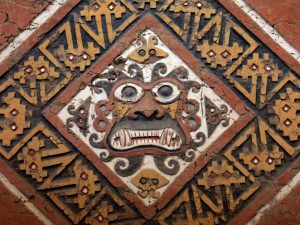
The great cultures of the Andes lasted for thousands of years high in the mountains of Peru before being brought down by Spanish invaders intent on conquest.
It is a story that has been told many times to travelers who have visited the region, including Boca Raton Museum of Art director Irvin Lippman, who climbed to the ruins of the citadel of Machu Picchu in 1980 and found it unforgettable.
Now that legacy will be on display for the public of South Florida, as the Boca museum becomes the first stop on the world tour of a new exhibit, Machu Picchu and the Golden Empires of Peru, which will open Oct. 16 and run through March 6, 2022.
The museum announced the exhibit in a May 18 press conference.
“Today is a landmark day for our institution and marks our continued success in presenting compelling exhibitions that celebrate the visual history of world civilizations,” Lippman said in a prepared statement. “We look forward to introducing the wonders of Machu Picchu and the power and beauty of the Inca civilization in what promises to be a most memorable exhibition.”
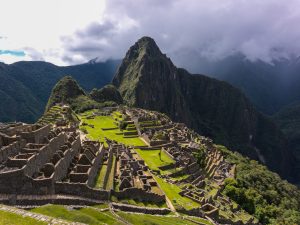
The exhibit features an exclusive Andean gold collection and objets d’art from royal tombs, some of which have never before been seen outside Peru, including objects that belonged to Andean kings such as a fully intact gold attire of a Chimú Emperor dating back to 1300 AD.
The exhibit, which highlights both the Incan cultures (1438-1533) and earlier Andean empires dating back to the Chavín empire in 900 B.C., will inhabit two floors of the museum and feature an immersive, virtual reality experience designed to recreate the ancient spiritual mountaintop empires that existed for millennia 7,000 feet up in the clouds of the Andean Mountains.
Following the first Chavín empire, five additional empires reigned in Peru until the fall of the Incas in 1533. The Incas, who ruled for 100 years, were last chapter in thousands of years of pre-conquest Andean civilizations.
Presented by Cityneon, the government of Peru, the Peruvian Ministry of Culture and Inkaterra Asociación, the exhibit brings almost 200 artifacts from Museo Larco and Museo de Sitio Manuel Chávez Ballón in Peru.
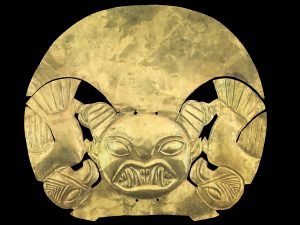
The ancient Andean civilizations of Peru are considered as one of the six “pristine” cradles of civilization, on par with those in Egypt, Mesopotamia, the Indus Valley (present-day Pakistan and Afghanistan), China and Mexico.
Rivaled only by ancient Egypt in longevity and by the Roman Empire in engineering, Andean societies dominated a substantial segment of South America for more than 3,000 years.
The Incan civilization, the last and largest empire in the pre-Colombian Americas, flourished without written language, the wheel, money, steel, iron or draft animals and was the last great society to emerge in in that era.
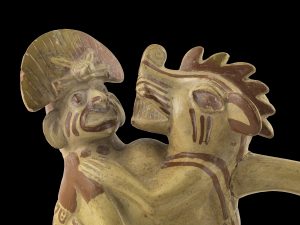
Nestled in a cloud forest, within a remarkable biodiverse ecosystem with abundant species of wildlife, flowers, birds, butterflies, ferns and the world’s largest native orchid collection with 372 species, Machu Picchu is awe-inspiring, both for what is manmade and for what is made by nature.
The exhibit recreates this ambiance, complete with sounds of jaguars, macaws and the reverberations of the Amazon rainforest. With the mythical Andean hero Ai Apaec as a guide, visitors will gain an understanding of Andean cosmology and the forces of nature that led to his death and subsequent rebirth.
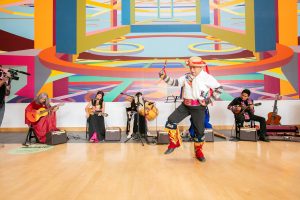
“This is an opportunity to bring Machu Picchu and all its civilizations to the many people who can only wish to go and see it firsthand,” said José Keochlin von Stein, CEO of Inkaterra, a research and ecotourism company in Peru, at the press conference.
On display for the announcement were examples of Peruvian culture, including music from the Miami-based family band Kuyayky, who hail from Jauja, Peru (the country’s original capital), sitting 11,200 feet above sea level.
Also on hand were Peruvian-born and Miami-based artist Roberto Carlos Olivia Hernandez’s sculptures of a baby and mother llama created with recycled materials and a live ceramic demonstration by traditional artist Apolinario “Polo” Ramirez, who employs the use of his feet, a rock and paddle in the shaping of his ceramic bowls. His pottery incorporates elements of nature and themes of Peruvian folklore.
Ramirez is a direct descendant of the pre-Columbian Vicus and Tallan cultures and has dedicated himself to preserving their ancient culture and traditions.
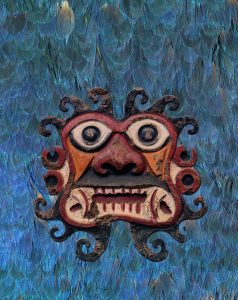
Lippman believes this is one of the most ambitious projects the museum has undertaken inside its walls.
“This is a very opportune time for the Museum and for the community,” he says. “The exhibit is a catalyst and key component in the economic force driving the quality of life in our Sunshine State.”
Machu Picchu and the Golden Empires of Peru is currently on sale for pre-registration. Exhibition ticket prices start at $19.95. Those who pre-register will have early access to tickets when they go on sale to the public. For the opportunity to register to pre-purchase tickets, visit bocamuseum.org.